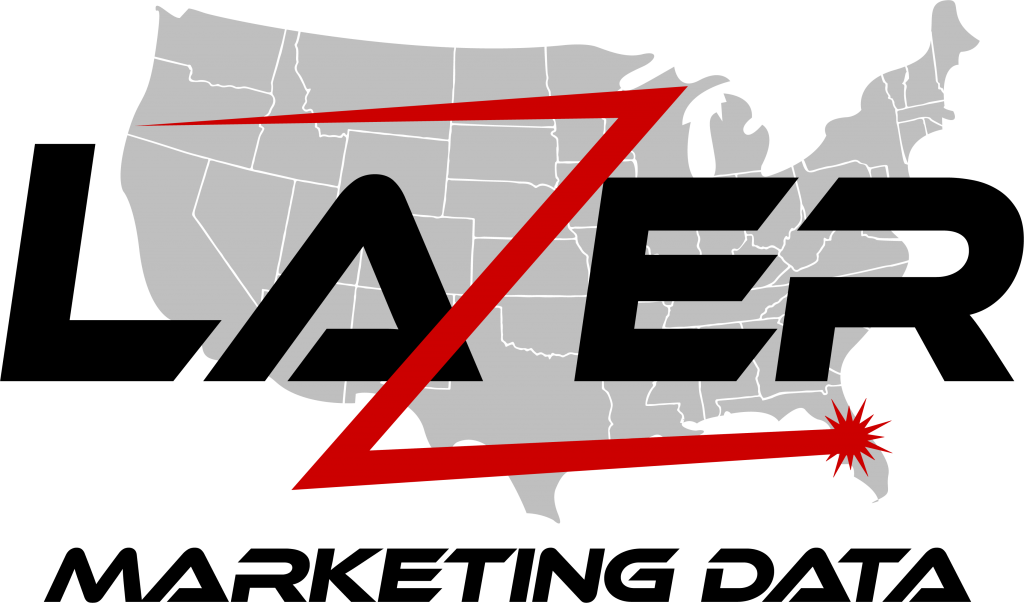The United States is a vast country, full of regions that need to be targeted differently. The location of your customers and company is a vital component in positioning your brand and getting visibility.
“Designated market area” is a term that’s thrown around a lot. It refers to different regions in the United States and how television viewing is measured. But what exactly does that entail and how does it benefit your company?
This guide will go over what a designated market area is and how you can use it to your advantage in the broadcast market.

What Is a Designated Market Area?
Nielsen coined the term and it refers to the geographic areas located in the US. It’s used to measure local television viewing. The data gathered is vital for any organization, researcher, or marketer that wants to use standardized geographic regions within their own business.
A designated market area (DMA) region consists of a group of different counties. They are specific areas where people receive the same radio and television options. Currently, there are 210 DMA regions in the continental US, parts of Alaska, and Hawaii.
The data and boundaries are owned exclusively by Nielsen. They quantify and analyze how television is viewed within each region. Since 1950, they’ve generated Nielsen ratings for TV stations across the US.
The ratings Nielsen gets give key insights into which programs and shows are being viewed, in addition to the audience’s demographics.
Other terms for a designated market area include:
- Media market
- Broadcast market
- Television market area
- DMA region
By understanding media markets, advertisers can evaluate the competition on the market, demographics, and costs. Advertisers can time their ads appropriately to reach their target audience in a specific DMA territory.
One thing to keep in mind about the DMA system is that different market regions can overlap if they’re close geographically. People on the edge of one broadcast market can receive ads and content from other areas.

How It Works
Every county in the US falls into a DMA. A DMA is often tied to a certain city and incorporates the surrounding area as well. In other parts of the country, the DMA is large and includes more than one city.
The DMA for New York City is massive, including around seven million homes. Different market areas cover more than one city and cross state lines. For example, the Washington, D.C.-Hagerstown DMA includes both the District of Columbia and the state of Maryland.
Nielsen can also move counties from their current DMA to another one. Media owners can use the information gathered by Nielsen to see which of their programs are performing the best and change their schedules accordingly. Advertisers can also target their ads at specific times to reach the most viewers based on the data.
It also helps determine the cost of advertisements in different areas. It costs more money to run an ad in Los Angeles than it does in a rural town. That’s because of the DMA data.

What Does It Mean for My Company?
The larger the designated market area or media market, the more competitive it’ll be. It’ll be more difficult to create media coverage for your product, services, or brand. It’s harder to get attention from viewers in a metropolitan area than it is in a rural one.
Since larger regions have more things happening, the media has to be selective about what they cover. Sometimes, a newsworthy event that’s significant can get overlooked.
If you’re looking to target an audience in a larger DMA region, you’ll want to keep the cost in mind when planning your public relations and marketing campaigns.
While you can use DMA data to reach target demographics at the right time, you also need to craft the right messaging to increase brand loyalty and lead conversions. There have been significant changes with DMAs in recent years since people can watch the news from any DMA they choose to. How you target your audience has to change along with that.

Designated Market Areas Evolving Over Time
Online streaming services and paid radio subscriptions also play a part in affecting DMAs. Nielsen has made changes to accurately gather estimates and ratings for each region. Their measurements now include recorded TV in addition to programs watched on a tablet or mobile device.
They’ve also added streaming and on-demand streaming services as well. Different measuring tools will grab audio codes that are embedded into various pieces of content. That data is then securely transmitted to be compiled into the Nielsen ratings.

How Lazer Marketing Data Can Help
Lazer Marketing Data is an extension of your marketing and data team. Our products are designed to help businesses build their marketing audiences of consumers that are actively seeking out your products or services.
With our Visitor Data, we’ll give you audience information that includes physical location plus website visitors. We’re able to find in-market, active prospects. Grow your prospective data list with the data Lazer Marketing Data provides.
Lazer Marketing Data sells Location Data to advertisers who use Mobile Advertising IDs (MAIDS) and opt-in consumer records. With the data we provide, businesses can turn offline visitors and anonymous website visitors into identifiable customers. These customer profiles can then be implemented into advertising and marketing campaigns.
Real-Life Example
Lazer Marketing Data puts digital fences around automotive service centers as well as golf courses, marianas, etc. We then collect the MAIDS and model them to our opt-in consumer file to get customer information about who visited those particular service centers.
The data is then sold to an ad agency with a dealership account who then markets their service capabilities to the customers who visit their competitors. The dealer is equipped with their own first-party data. They can continue to market to the same prospects with various offers over time.
Our data gives businesses access to information and data they otherwise wouldn’t receive. It informs their business decisions and increases their sales.
Connect With a Marketing Partner
It can be difficult to sort through the data provided by a designated market area. How do you determine what is relevant to your company? What will increase your brand’s awareness?
Lazer Marketing Data designs its products to help companies build target marketing audiences. Contact us today to schedule a demo.

